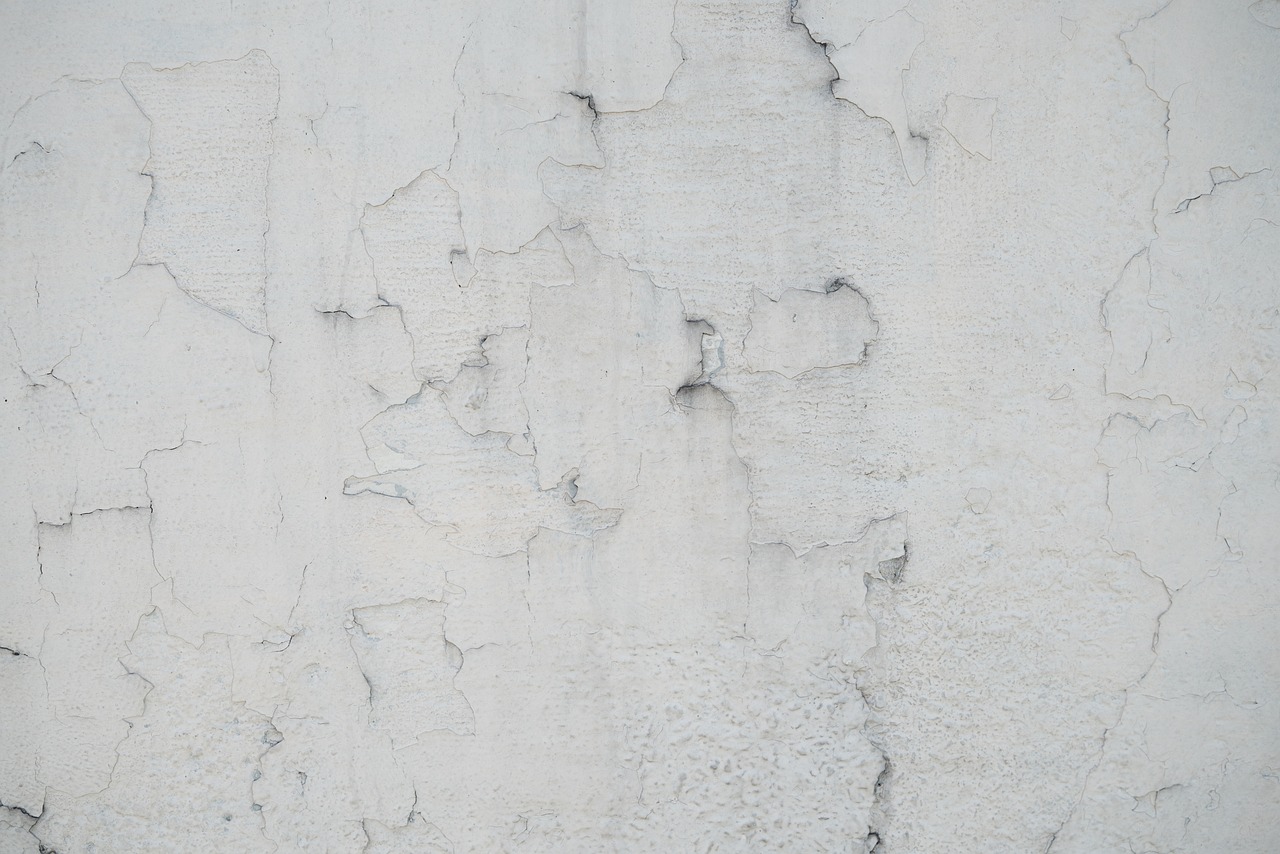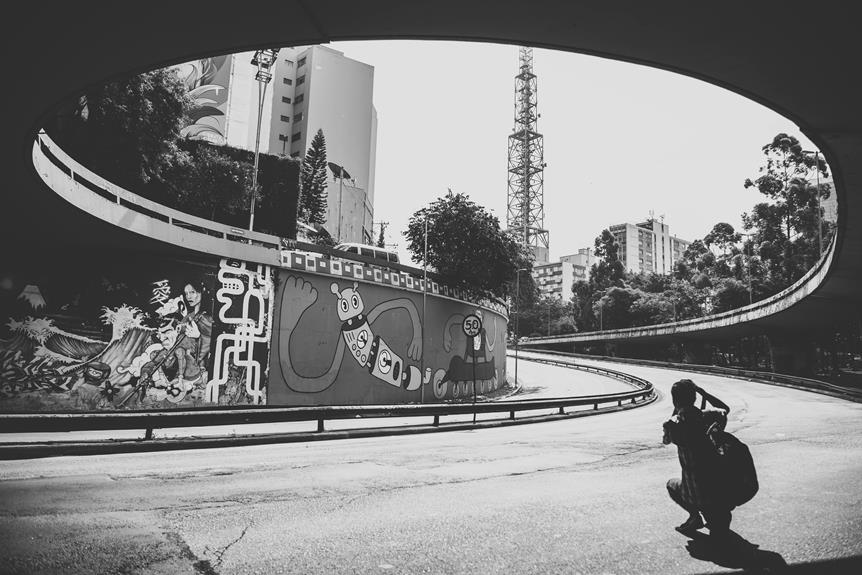Land Art

Land art, emerging in the 1960s and 1970s, completely rethought art by taking it from galleries into the natural landscape. Influenced by minimalism and modern movements, it emphasizes simplicity and direct engagement with nature. You’ll see iconic works like Robert Smithson’s Spiral Jetty and Maya Lin’s Storm King Wavefield, which blend artistic expression with environmental interaction. Artists like Michael Heizer and Richard Long use natural materials and earth-moving techniques to shape their visions. This form of art not only redefines artistic boundaries but also encourages you to reconsider your connection to the environment and the broader world.
Key Points
- Land art originated in the 1960s and 1970s, moving art from traditional galleries to natural landscapes.
- Influenced by minimalism and other modern art movements, it emphasizes simplicity and direct engagement with nature.
- Notable works include Robert Smithson’s Spiral Jetty and Maya Lin’s Storm King Wavefield, integrating art with environmental elements.
- Techniques often involve earth-moving machinery, using natural materials like rocks and soil to create large-scale forms.
- Land art projects have a global impact, fostering environmental awareness and encouraging viewers to reconsider their relationship with nature.
Origins and Influences
Land art’s origins in the 1960s and 1970s reflect a deliberate rejection of traditional art venues, influenced by minimal and conceptual art, De Stijl, Cubism, and other modern movements. You can see how minimalism played a pivotal role, emphasizing simplicity and focusing on the essence of artistic expression.
This period saw artists moving away from galleries and museums, driven by a newfound environmentalism. They wanted to engage directly with nature, using it as both their medium and canvas. As early as 1941, Isamu Noguchi‘s Contoured Playground hinted at this integration of art and landscape.
Iconic Land Artworks
As artists sought to redefine their relationship with the environment, they produced some of the most iconic land artworks that continue to challenge and inspire.
Robert Smithson’s Spiral Jetty (1970) melds environmental preservation with artistic expression, creating a striking spiral extending into Utah’s Great Salt Lake.
Michelle Stuart’s Niagara Gorge Path Relocated (1975) emphasizes human interaction with natural landscapes, capturing the historical essence of Niagara Falls.
Michael Heizer’s Circular Surface Planar Displacement Drawing (1970) inscribes vast desert expanses, showcasing art’s ephemeral nature.
Walter De Maria’s Yellow Painting (1968) provocatively juxtaposes traditional art forms with earth incursions.
Maya Lin’s Storm King Wavefield (2007-08) transforms the natural landscape into undulating waves, blending art seamlessly with the environment.
Notable Artists
The transformative vision of notable artists like Robert Smithson, Nancy Holt, Michael Heizer, Richard Long, and Maya Lin redefines our perception of natural landscapes through their groundbreaking land art installations.
Smithson’s Spiral Jetty and Holt’s Sun Tunnels exemplify collaborative projects that synchronize art with environmental rhythms.
Heizer’s Double Negative makes a profound environmental statement by physically altering a mesa, revealing the raw power of nature.
Long’s minimalist, expansive works, created by walking and arranging natural materials, engage deeply with the landscape’s essence.
Lin’s Storm King Wavefield, with its undulating earth and grass, echoes the natural world in a sculptural form.
Collectively, their works challenge and expand our understanding of art’s relationship with nature.
Techniques and Materials
Exploring the techniques and materials in land art reveals a fascinating interplay between human creativity and the raw elements of nature. Artists employ a variety of methods, from earth-moving machinery to manual labour, to shape and interact with natural landscapes. This blend of environmental preservation and artistic expression is essential, ensuring that works complement their surroundings.
| Technique | Materials | Purpose |
|---|---|---|
| Earth-moving | Rocks, soil | Shape the land to create large forms |
| Manual labor | Vegetation | Arrange materials in geometric patterns |
| Environmental manipulation | Natural elements | Integrate art seamlessly into nature |
Global Impact
Land art’s influence spans continents, inviting you to reflect on the intricate relationship between human creativity and the natural world.
Artists like Richard Long and Andy Goldsworthy use their work to explore themes of environmental activism and cultural preservation, creating earthworks that resonate globally. These monumental installations in public spaces foster community engagement, encouraging viewers to connect with their surroundings.
From the United States to Poland, land art projects transcend cultural and geographical boundaries. They highlight a shared human interest in the environment, urging you to reconsider your place in the world.
Frequently Asked Questions
What Is the Meaning of Land Art?
You’re exploring a unique artistic movement that integrates art with nature. Land art challenges traditional settings, emphasizing environmental impact. Artists use natural materials, creating works that interact with the landscape, highlighting themes of time and place.
What Is the Most Famous Land Art in the World?
You might think Stonehenge is the most famous, but it’s actually Robert Smithson’s Spiral Jetty. Located in Utah’s Great Salt Lake, this iconic work uses basalt rocks and fluctuates with the lake’s water levels, adding mystique.
What Are the Characteristics of Land Art?
You’ll find land art characterized by its use of natural materials and significant environmental impact. These projects often involve large-scale designs, blending art with nature, and requiring detailed planning to explore themes of time and place.
What Is Land Art Facts for Kids?
You’ll find that artists’ inspiration often comes from nature itself. They use natural materials like rocks and plants to create outdoor artworks. These creations help you understand the environment and our connection to the earth better.
Conclusion
You’ve seen how land art emerged from a blend of artistic rebellion and environmental consciousness, transforming landscapes into extraordinary canvases. Iconic works and notable artists have pushed boundaries, using innovative techniques and materials to leave a lasting imprint.
As you reflect on its global impact, it’s clear that land art redefines our interaction with nature, challenging perceptions and inspiring future generations. Embrace this dynamic art form’s power to provoke thought and evoke emotion.
Author: Jessica Hartley

